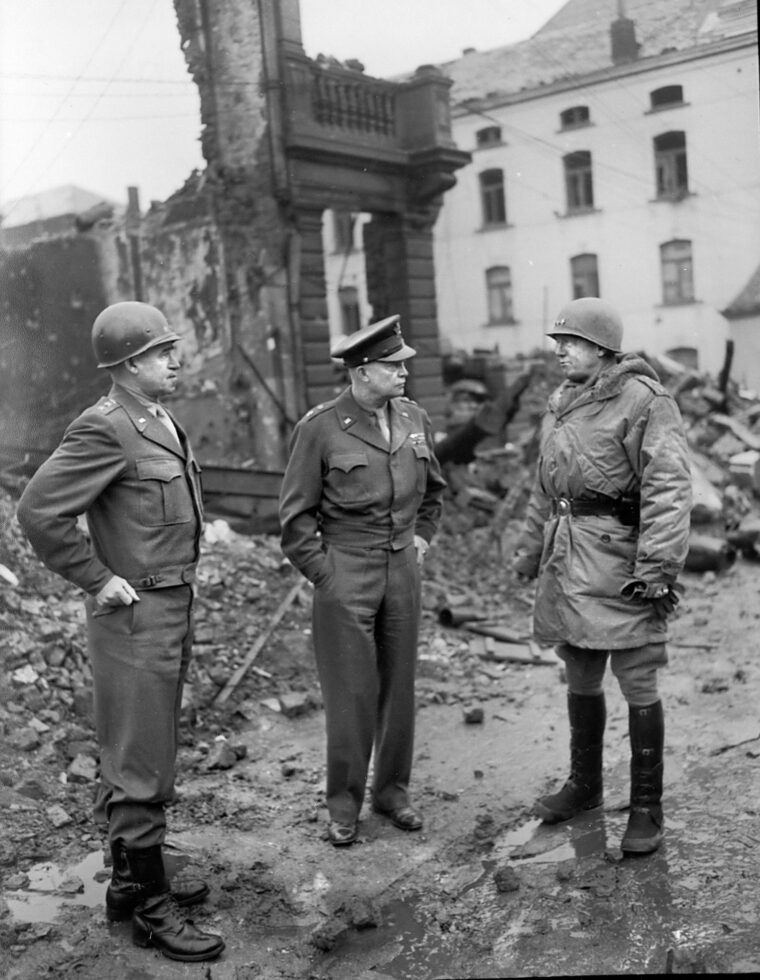
10 World War II Book Reviews for Summer 2024
By Christopher Miskimon Full ReviewsPatton’s Prayer: A True Story of Courage, Faith and Victory in World War II (Alex Kershaw, Dutton Press, New York NY, 2024, 348 pp., Read more

Patton’s Prayer: A True Story of Courage, Faith and Victory in World War II (Alex Kershaw, Dutton Press, New York NY, 2024, 348 pp., Read more

The U.S. Army’s summer campaign of 1944 proved hard-fought, but successful. The Normandy landing succeeded in establishing a lodgment in mainland Europe. Read more
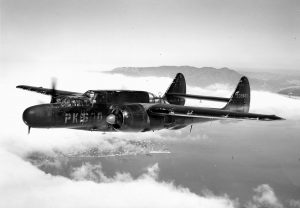
On September 20, 1944, 1st Lt. Joe Paul Hendrickson said goodbye to his wife and two small children. Read more
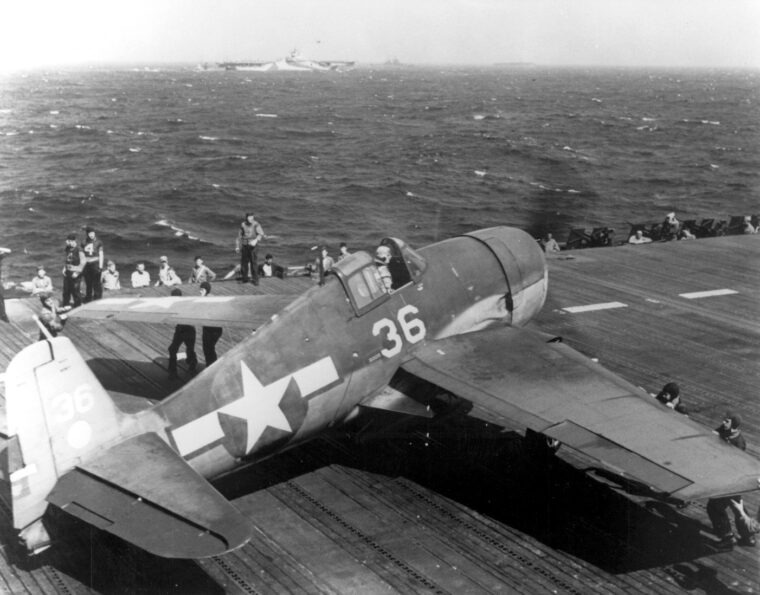
Georgia-born Hamilton McWhorter III wanted to be a fighter pilot. When the Pearl Harbor attack happened on December 7, 1941, he was a naval aviation cadet still in training. Read more
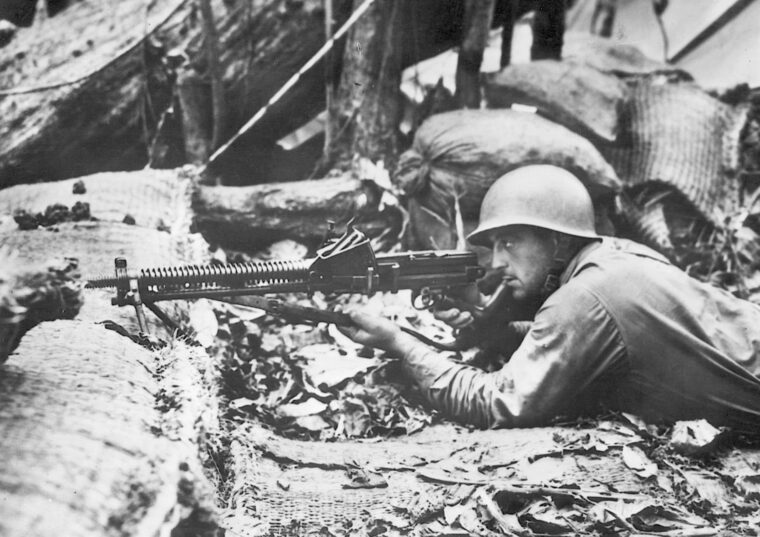
William Swanson described himself as an ordinary rifleman, but there was nothing ordinary about his experiences as a United States Marine in World War II. Read more
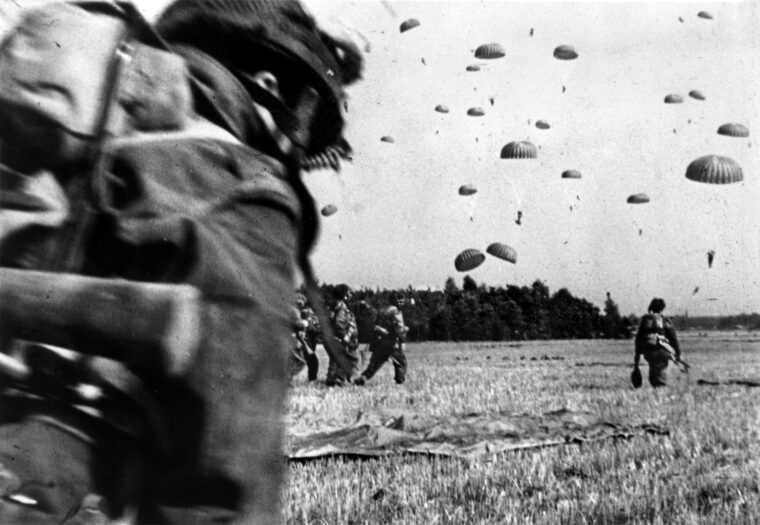
Trapped in a reserved occupation which prevented him from enlisting, Des Evans abandoned his job and ran off to join the army. Read more
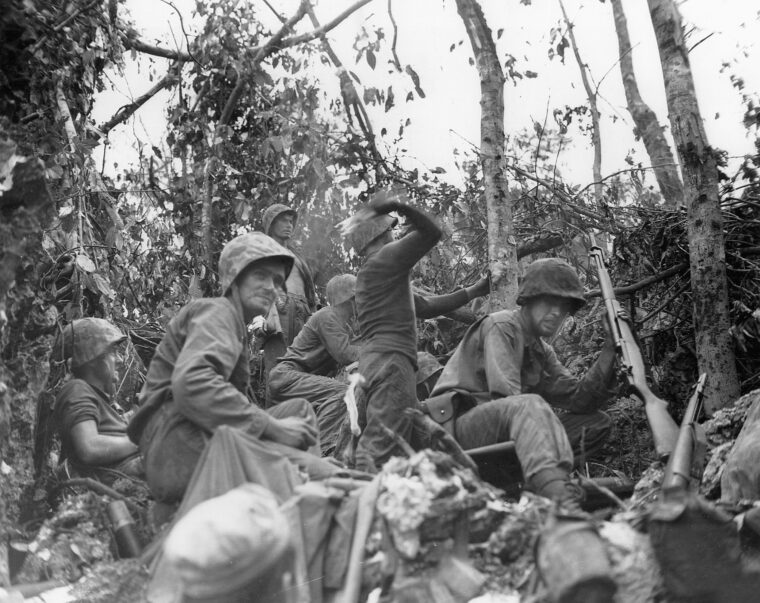
Emilio Magliacane, a second-generation Italian from Boston, joined the Marine Corps in 1942. After training he went to the Pacific, assigned to Company A, 1st Battalion, 5th Marines, 1st marine Division. Read more
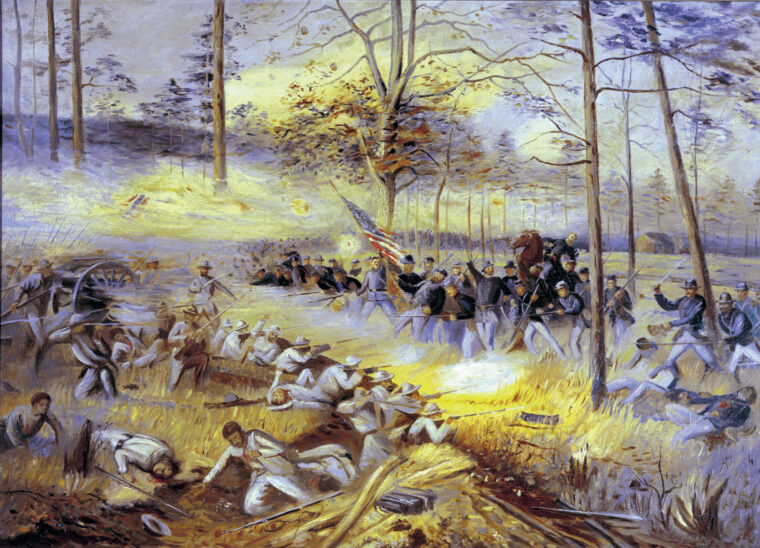
It had been a little over six months since Major General William S. Rosecrans and his Army of the Cumberland had checked the Confederates at the Battle of Stones River (December 31,1862–January 2,1863). Read more
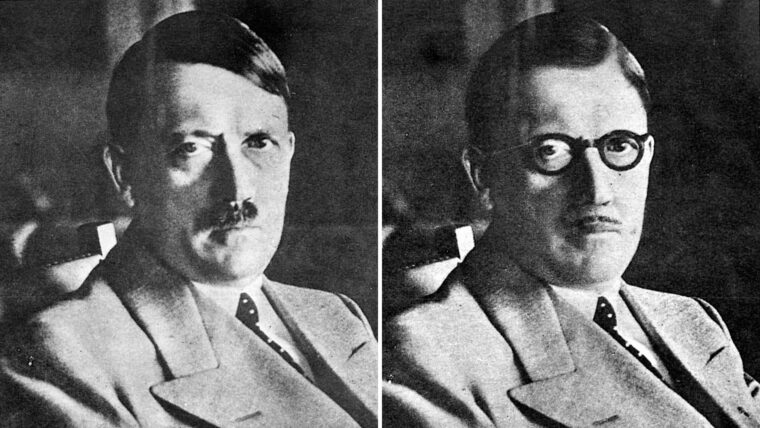
As the Allied armies in the West closed in on Germany in late September 1944, one question began to dog many of democracy’s leaders. Read more
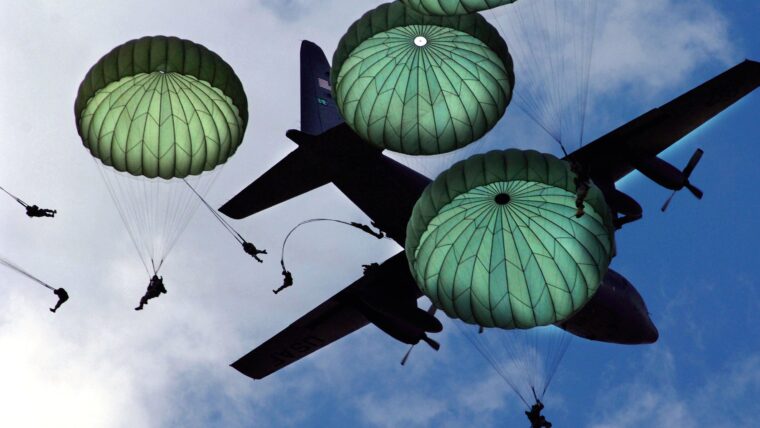
The United States Army came late to the idea of employing airborne troops in time of war. The first U.S Read more
Convoy HG-76 departed Gibraltar for Liverpool in December 1941. The 32 ships had to make a2,000-mile voyage, braving the dangers of German U-Boats and maritime strike aircraft. Read more
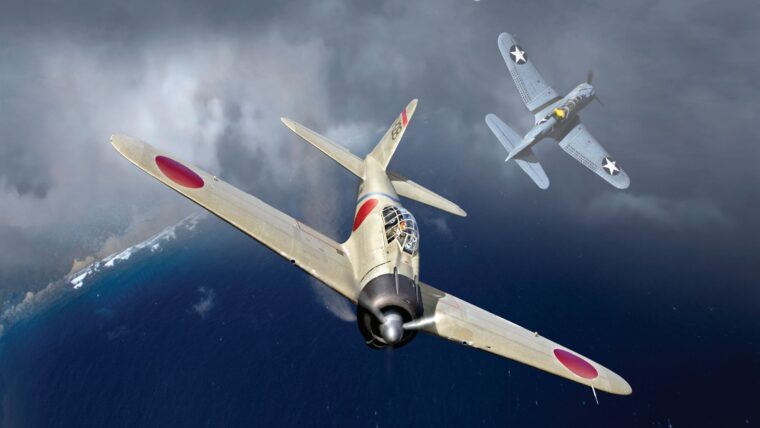
For thousands of Allied airmen the most terrifying sight they ever beheld was a Mitsubishi A6M Zero bearing down on them—burnished black cowling over a snarling Sakae engine, staccato bursts flashing from two machine guns and two cannon—often the last thing they ever saw. Read more
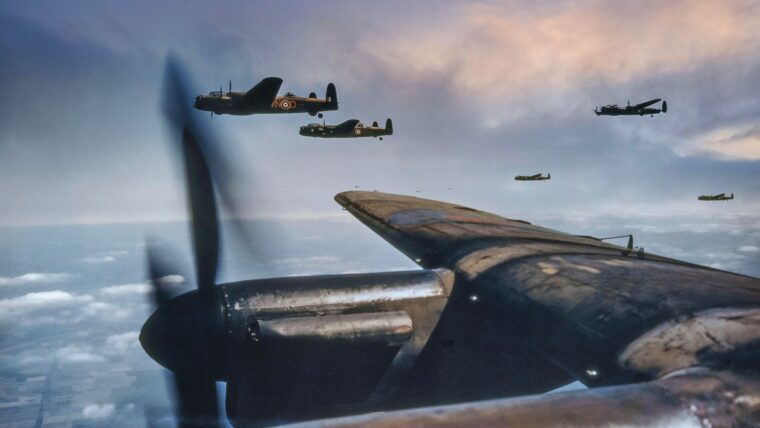
Air Chief Marshal Sir Arthur Travers Harris, the burly, red-haired chief of Royal Air Force Bomber Command, was an anxious man on the evening of Saturday, May 30, 1942. Read more
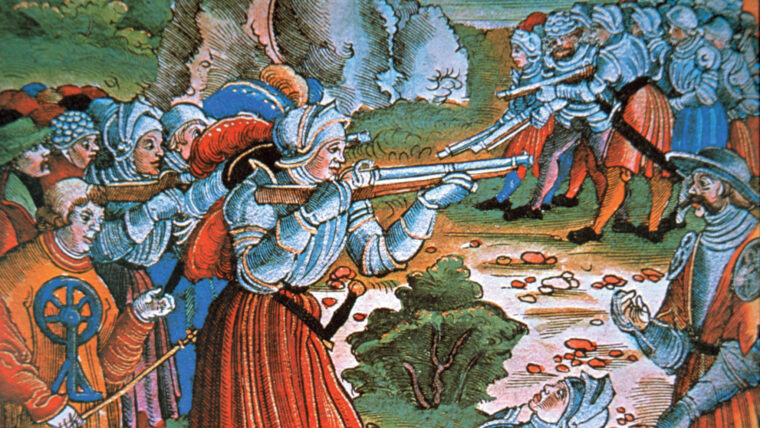
In 1503, near the northern Italian town of Cerignola, the famous Spanish commander Gonsalvo de Cordova, Viceroy of Naples (to be known to military history as “The Great Captain”), resolved to turn and stand before the pursuing French army. Read more
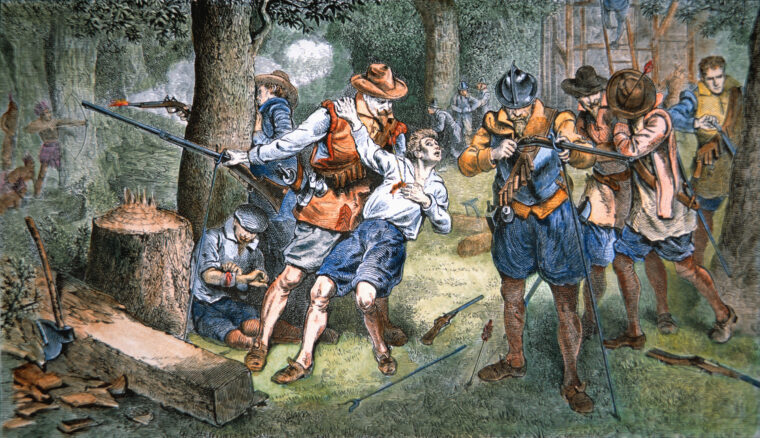
On April 26, 1607, three small English ships arrived at the mouth of the Chesapeake Bay after a grueling and contentious four-month voyage. Read more
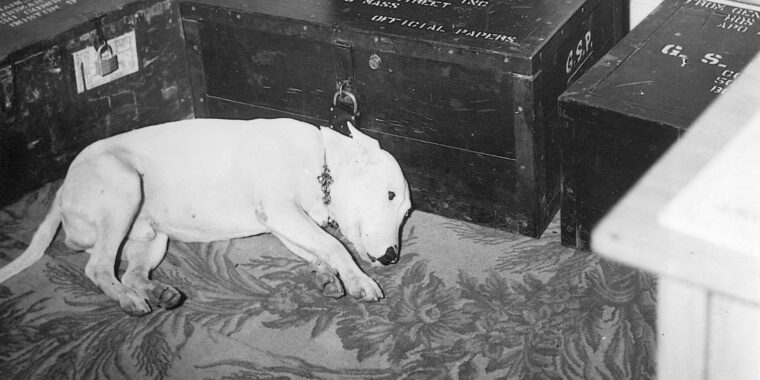
It was 11:45 am, on December 9, 1945, and former U.S. Third Army Commanding General George Smith Patton, Jr., Read more
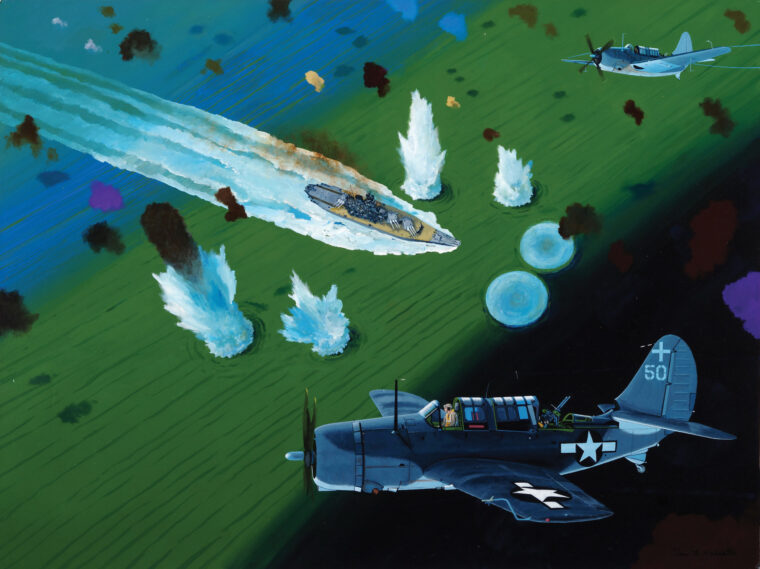
In warfare, desperate times call for desperate measures, and in the fall of 1944 the empire of Japan found itself in precisely that predicament. Read more
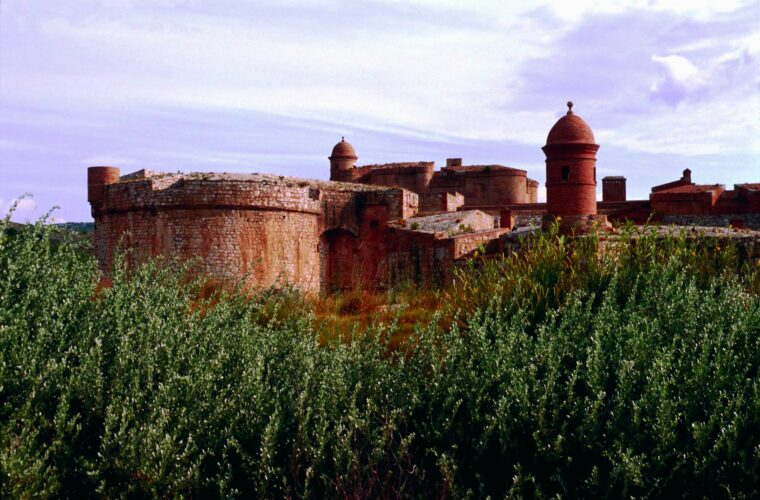
In the autumn of 1495, three years after the Christian reconquest of Islamic Spain, Queen Isabella I of Castile and her husband, King Ferdinand II of Aragon, sent a letter to their master architect. Read more
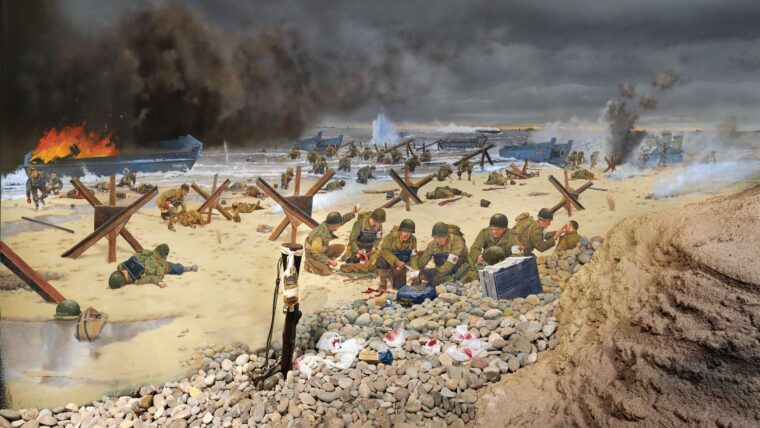
In celebration and commemoration of the courageous actions of the “The Big Red One” during the Allied Invasion of Normandy, the First Division Museum at Cantigny has unveiled two interpretive murals and a companion book outlining both the story of First Division on D-Day and the making of the murals by artist Keith Rocco. Read more
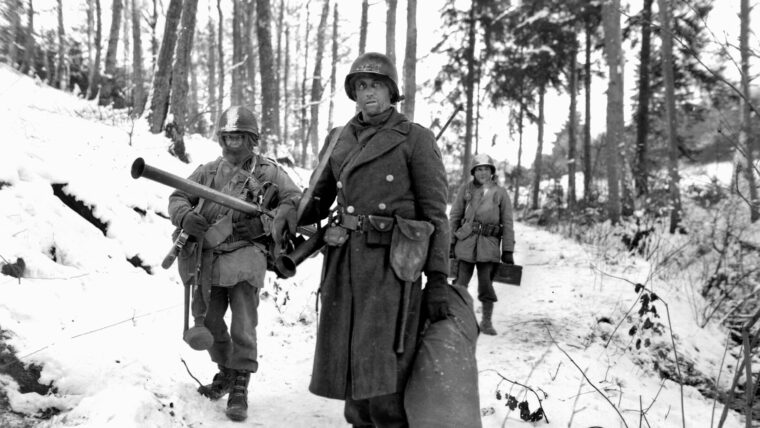
Major Robert B. Yates arrived at the 1111th Engineers’ headquarters in Trois-Ponts, Belgium, around 13:30 on Monday, December 18, 1944, expecting to sit in on an ordinary staff meeting. Read more